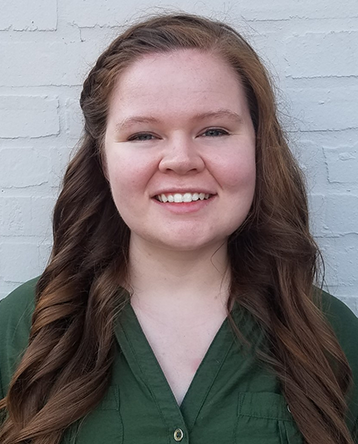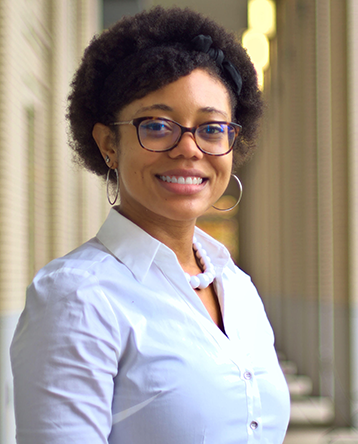Special Seminar with NextManufacturing and Women in 3D Printing
September 21, 2023
1:00 p.m. - 2:00 p.m. ET
Scott Hall 6142
September 21, 2023
1:00 p.m. - 2:00 p.m. ET
Scott Hall 6142

Next Manufacturing Center seminars are open to Center members, as well as other interested members of the CMU community. Next Manufacturing Center Consortium members are able to participate online.
Speaker: Sandy Ritchie, Ph.D. candidate, mechanical engineering (advisor: Rahul Panat)
Sintering theory predicts no long-range mass transport or distortion for uniformly heated particles during particle coalescence; however, in sintering-based manufacturing processes, permanent part distortion is often observed. The driving forces and mechanisms leading to this phenomenon are not understood, and efforts to reduce distortion are largely limited to a trial-and-error approach. This work demonstrates that distortion during sintering results from mass-transport driven by nonhomogeneous temperature distribution and that these hitherto unknown mass transport mechanisms, working in the direction opposite to temperature gradient, are the likely cause of distortion. The experimental setup enables the quantification of distortion during sintering. In addition, two possible mass transport mechanisms are defined, and the continuum model applicable to both is formulated. The model accurately predicts the transient and permanent distortion observed during experiments, including their size dependence. Methods to control distortion that can give rise to 4D printing are discussed.
Speaker: Lisha White, Ph.D. candidate, mechanical engineering (advisors: Jon Cagan and Jessica Zhang)
 Laser powder bed fusion (LPBF) is one of the most popular additive manufacturing (AM) techniques for fabricating metal components. When designed effectively, support structures play a critical role to quickly dissipate heat and mitigate part distortion without driving up excessive costs within LPBF. Lattices, composed of individual unit cells strategically arranged to achieve a desired function, are a promising solution as a support structure. A generally applicable computational framework that designs lattice structures for LPBF through non-gradient-based stochastic optimization is proposed. A modified, simulated annealing-based optimizer is utilized to quickly optimize the distribution of a library composed of various types of unit cells while adhering to user-defined manufacturing constraints. Homogenization approximation and equivalent static loading are performed in each iteration step to make the non-gradient-based optimizer computationally tractable. The ability to design structures with multifunctionality without experimental trials is imperative to saving costs. By creating models to simulate the manufacturing process, the multi-physics properties of the design can be predicted within hours and changed before any experiments are performed. The proposed work can also provide a new approach to reframing continuous problems into integer problems that can be solved in a more efficient manner, particularly those that rely on finite element methods (FEM).
Laser powder bed fusion (LPBF) is one of the most popular additive manufacturing (AM) techniques for fabricating metal components. When designed effectively, support structures play a critical role to quickly dissipate heat and mitigate part distortion without driving up excessive costs within LPBF. Lattices, composed of individual unit cells strategically arranged to achieve a desired function, are a promising solution as a support structure. A generally applicable computational framework that designs lattice structures for LPBF through non-gradient-based stochastic optimization is proposed. A modified, simulated annealing-based optimizer is utilized to quickly optimize the distribution of a library composed of various types of unit cells while adhering to user-defined manufacturing constraints. Homogenization approximation and equivalent static loading are performed in each iteration step to make the non-gradient-based optimizer computationally tractable. The ability to design structures with multifunctionality without experimental trials is imperative to saving costs. By creating models to simulate the manufacturing process, the multi-physics properties of the design can be predicted within hours and changed before any experiments are performed. The proposed work can also provide a new approach to reframing continuous problems into integer problems that can be solved in a more efficient manner, particularly those that rely on finite element methods (FEM).